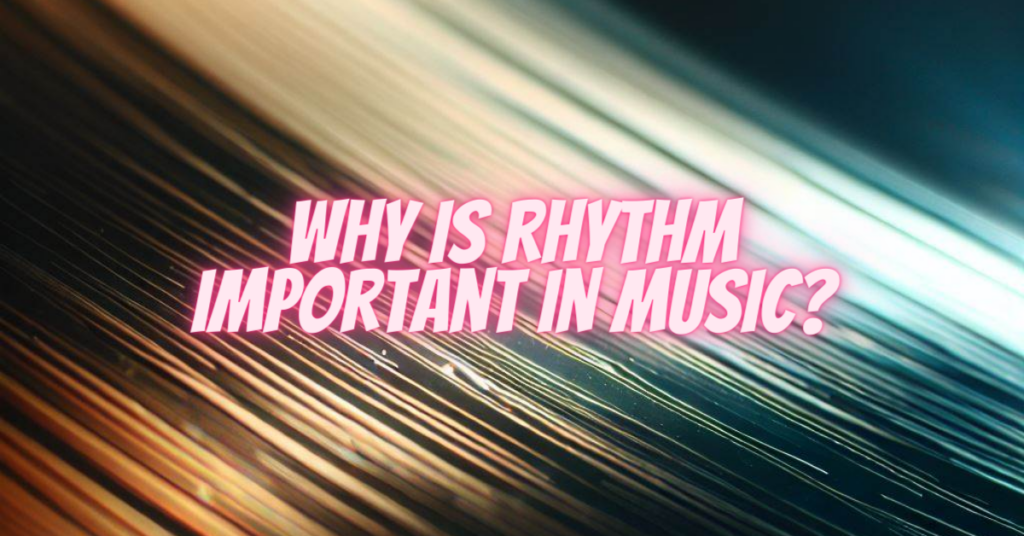Rhythm, the pulse and pattern of sounds and silences in music, is the very essence that gives life and vitality to musical compositions. It is the heartbeat, the foundation upon which melodies and harmonies are built. Rhythm is not just a technical aspect of music; it holds profound significance in the emotional, cultural, and physiological responses it evokes. In this article, we explore the multifaceted importance of rhythm in music and how it shapes our musical experiences.
1. Emotional Expression:
Rhythm serves as a powerful tool for emotional expression in music. The tempo, syncopation, and rhythmic patterns influence the mood and atmosphere of a musical piece. Fast, lively rhythms can create excitement and energy, while slow, steady rhythms can evoke calmness or contemplation. Syncopated rhythms, with accents placed on unexpected beats, add tension and anticipation. Through these rhythmic elements, composers and performers can convey a wide range of emotions, making the listener connect with the music on a profound level.
2. Musical Cohesion:
Rhythm acts as the glue that holds different musical elements together. It provides structure and coherence, allowing musicians to synchronize their playing. In ensemble settings, a shared sense of rhythm ensures that musicians play in harmony, creating a unified and harmonious sound. Rhythmic precision is particularly crucial in complex compositions, enabling musicians to navigate intricate passages and maintain a cohesive performance.
3. Physical Response:
Rhythm has a direct impact on our bodies. It can make us tap our feet, nod our heads, or even get up and dance. This physical response to rhythm is universal and transcends cultural boundaries. The beat of the music resonates with our internal sense of rhythm, eliciting spontaneous movements and connecting us to the music in a visceral way. Rhythmic patterns in music often mirror natural body rhythms, creating a sense of familiarity and comfort.
4. Cultural Significance:
Different cultures and musical traditions have distinct rhythmic patterns that are deeply rooted in their heritage. Rhythms in traditional African, Indian, Latin, and Middle Eastern music, for example, are rich and intricate, reflecting the cultural diversity and history of these regions. Rhythmic elements are a vital part of cultural identity, preserving traditions and connecting generations through shared musical experiences.
5. Innovation and Creativity:
Rhythm provides endless opportunities for innovation and creativity in music. Musicians and composers experiment with complex time signatures, polyrhythms, and rhythmic modulation to create innovative and avant-garde compositions. Rhythmic creativity is a driving force behind various genres, from jazz and classical to electronic and experimental music, pushing the boundaries of what is possible in musical expression.
Conclusion
Rhythm is not just a technical aspect of music; it is a universal language that transcends cultural, emotional, and physiological boundaries. Its importance lies in its ability to convey emotions, unify musical elements, elicit physical responses, preserve cultural traditions, and inspire creativity. As the heartbeat of music, rhythm enriches our lives, resonating with our deepest emotions and connecting us to the vast and diverse world of musical expression. Whether we are listeners, performers, or composers, understanding the significance of rhythm enhances our appreciation of music, allowing us to experience its profound impact fully.


